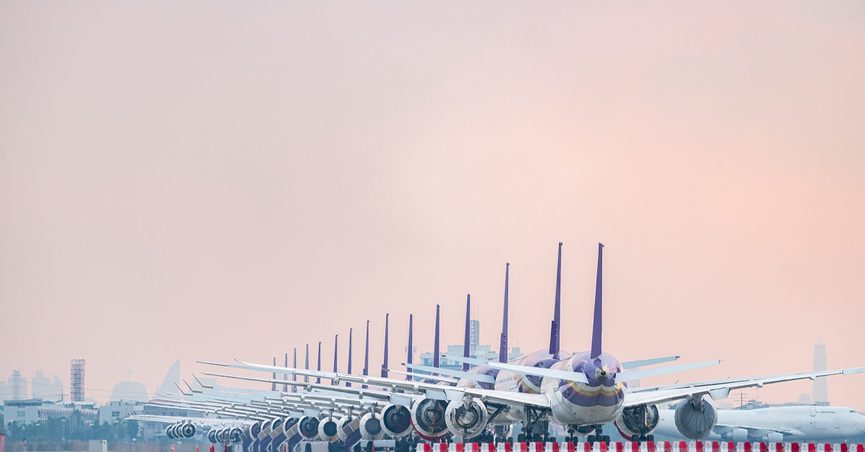封锁对全球温度的影响微不足道。那到底发生了什么事?

【原文】
This article is republished here with permission from The Conversation. This content is shared here because the topic may interest Snopes readers; it does not, however, represent the work of Snopes fact-checkers or editors.
Countries across the world took unprecedented action in the first few months of 2020 to control the spread of COVID-19. At its peak, one-third of the world’s population was in lockdown. Around the world, car travel fell by 50%, the number of flights plummeted by 75% and industrial activity fell by around 35%.
With so many cars parked, aeroplanes grounded and factories closed, global carbon dioxide (CO₂) emissions fell by around 17% compared with the same period in 2019. But greenhouse gases such as CO₂ weren’t the only emissions to fall, and not all pollution heats the planet. Some of the industrial activities that shut down – particularly heavy industry, including steel and cement making – also produced aerosols, which are tiny particles that linger in the atmosphere for weeks and reflect heat from the Sun.
What we’ve described here are model simulations – they’re not perfect, but they’re our best method for investigating global atmospheric changes. Simulating the effects of all these different pollutants is difficult. In fact, the struggle to simulate how aerosols affect the climate is one reason we cannot predict exactly how hot the climate will get.
The lockdown offered an invaluable test for our theories about how pollutants affect the climate. From this, we’ll be able to improve our models and make better predictions. We’ll also know better how to plan a strategy that reduces emissions from different sectors without inviting a sudden and sharp increase in global heating.
The post-pandemic climate
The long-term effects of the pandemic on our climate will be determined more by what happens to long-lived greenhouse gases, such as CO₂ and methane. These remain in the atmosphere for centuries and decades respectively, compared to a few days to weeks for NOₓ, SO₂ and black carbon. CO₂ emissions dropped during lockdown, but not enough to stop levels in the atmosphere growing. Global heating won’t stop until emissions reach zero.
It may seem daunting that the near shutdown of society didn’t cause a big enough reduction in emissions to stop climate change. But this just shows the limits of doing less of the stuff we normally do, instead of changing how our economies and infrastructure are powered. While lockdown measures have brought temporary reductions in emissions, there are better ways of doing this that cause less harm to society and people.
Only a decisive shift from fossil fuels will stabilise global temperatures. That’s why the decisions governments take to revive economic growth after COVID-19 will be pivotal. The 2008 financial crisis caused a similar slowdown, but emissions soon rebounded as a direct result of economic rescue packages which invested heavily in fossil fuels. We cannot afford to make the same mistake again.![]()
Scott Archer-Nicholls, Postdoctoral Research Associate in Atmospheric Science, University of Cambridge and James Weber, PhD Candidate in Atmospheric Chemistry, Pembroke College, University of Cambridge
This article is republished from The Conversation under a Creative Commons license. Read the original article.
Help Supercharge Snopes For 2020
We have big plans. We need your help.